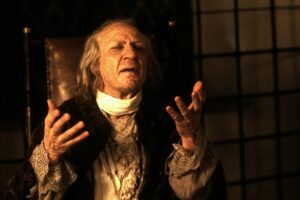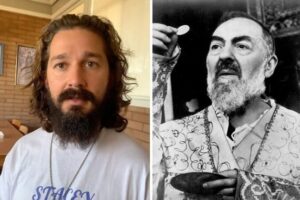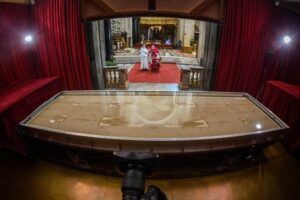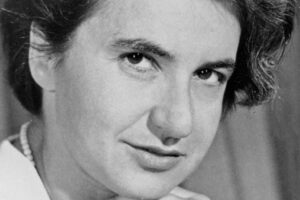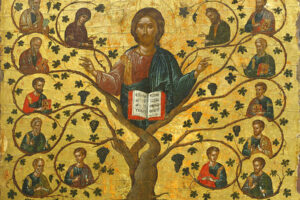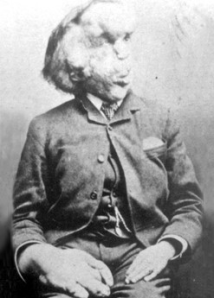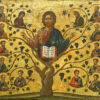The Elephant Man
His mother died when he was 12. According to family accounts, she too was «crippled.» His father remarried, but his stepmother did not want young Joseph. Obliged to earn a living by selling goods on the street, Merrick was constantly harassed by local children, and tiring of his stepmother’s harassment regarding his inability to bring home a profit, Merrick left home. Twice ending up in the Leicester Union workhouse, Merrick was unemployable for most of his life.
On August 29, 1884, he took a job as a sideshow attraction where he was treated decently and earned a considerable sum of money. At one point during his sideshow career, Merrick was exhibited in the back of an empty shop on Mile End Road in London now called the London Sari Centre, where he was seen by the physician Frederick Treves (later knighted). As Treves recalled decades later in his memoirs, he gave Merrick one of his business cards in the event that Merrick would be willing to submit to medical examination.
The two men then went their separate ways. When sideshows were outlawed in the United Kingdom in 1886, Merrick travelled to Belgium to find work. There, he was mistreated and ultimately abandoned by a showman, who stole Merrick’s savings of £50.After making his way back to London, Merrick inadvertently became the cause of a disturbance in Liverpool Street train station.
Suffering from a severe bronchial infection and hampered by his deformities, Merrick was barely able to speak intelligibly. However, he had taken care to retain the business card of Frederick Treves, who was duly summoned by the authorities. In his role as physician at London Hospital, Treves arranged for Merrick to be given permanent quarters there. Merrick thrived in these circumstances.
He became something of a celebrity in Victorian high society. Alexandra, then Princess of Wales and later Queen Consort, demonstrated a kindly interest in Merrick, leading other members of the upper class to embrace him. He eventually became a favorite of Queen Victoria. However, Treves later commented that Merrick always wanted, even after living at the hospital, to go to a hospital for the blind where he might find a woman who would not be repelled by his appearance and love him. In his final years, he found some solace in writing, composing both prose and poetry.
In the summer of 1887, he spent some weeks vacationing at the Fawsley Hall estate, Northamptonshire. Special measures were taken for his journey, and he was forced to travel in a carriage with blinds drawn to avoid attracting attention. He greatly enjoyed his time away from urban London, made many new friends and collected wildflowers to take back with him to London. He visited again in 1888 and 1889. He was cared for at the hospital until his death at the age of 27 on April 11, 1890, apparently from the accidental dislocation of his neck due to its inability to support the weight of his massive head in sleep. Merrick, unable to sleep reclining due to the weight of his head, may have tried to do so in this instance, in an attempt to imitate normal behavior.
The Coroner at his inquest was Wynne Edwin Baxter, who had come to prominence during the notorious Jack the Ripper murders of 1888 when he had likewise presided at the inquests of several of the victims. Merrick’s preserved skeleton was previously on display at the Royal London Hospital. While his remains can no longer be viewed by the public, there is a small museum focused on his life, which houses some of his personal effects and period Merrick memorabilia.
These are two scenes from the film directed by David Lynch. John Merrick (The Elephant Man – 1980) and Dr. Treves are played by two of the greatest actors, John Hurt and Anthony Hopkins. The first one is the the scene at the station and the other one is the most beatiful scenes of the film, the recitation of Psalm 23.

